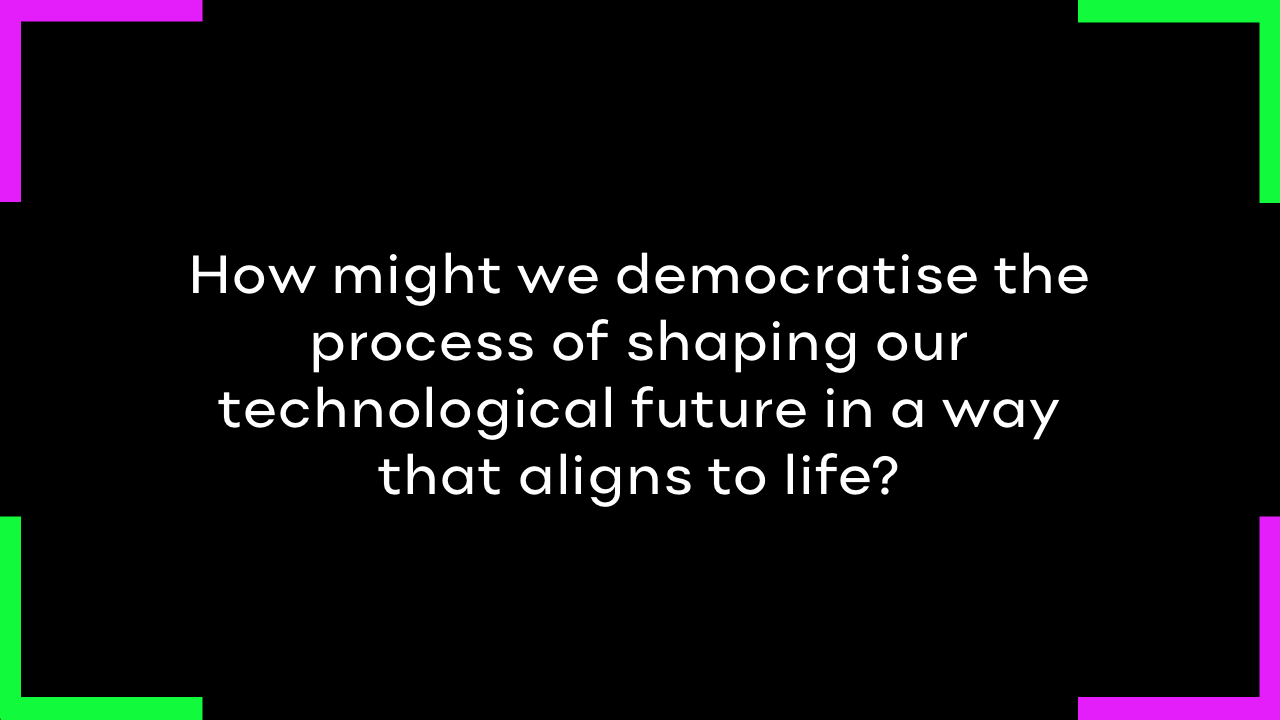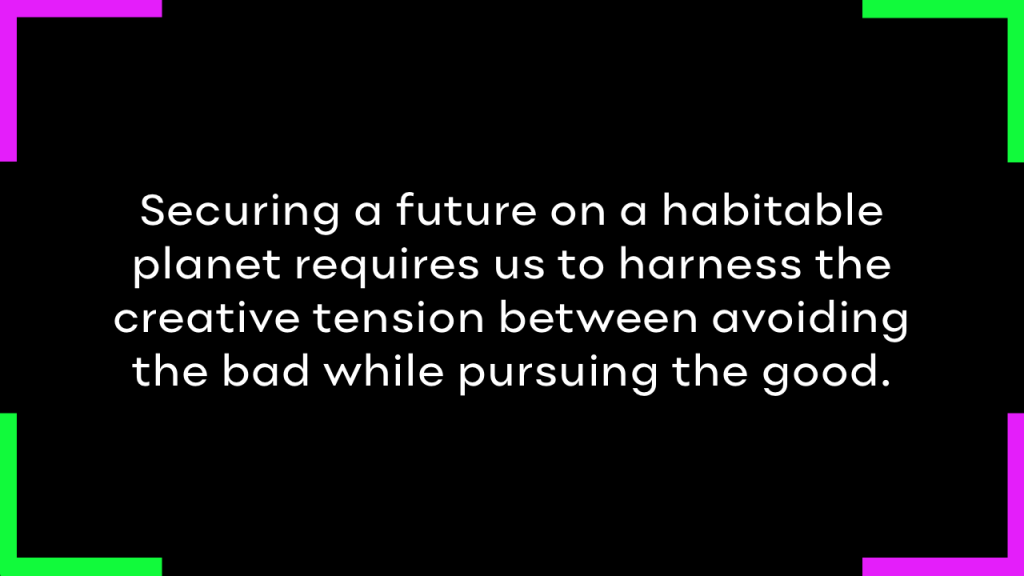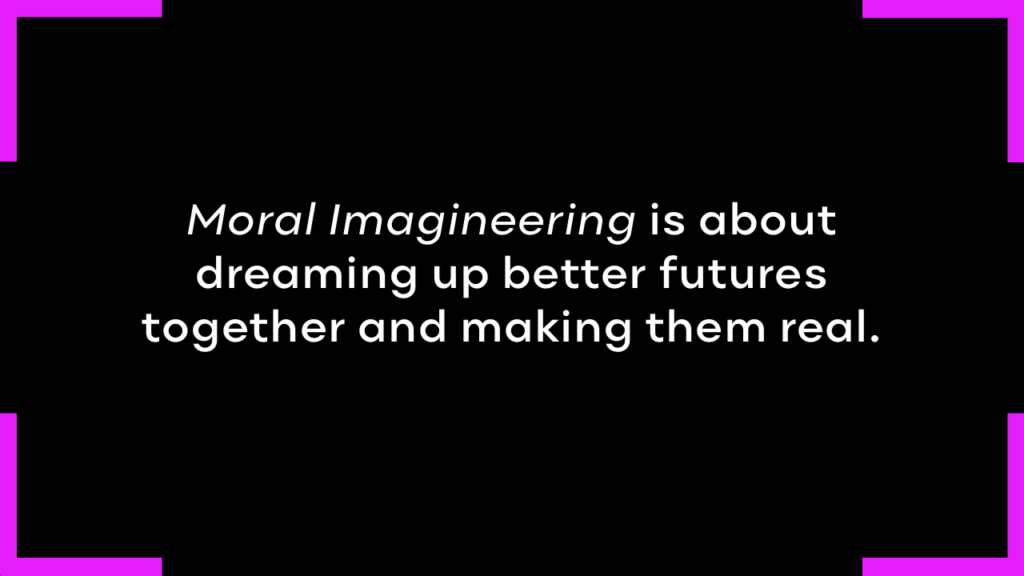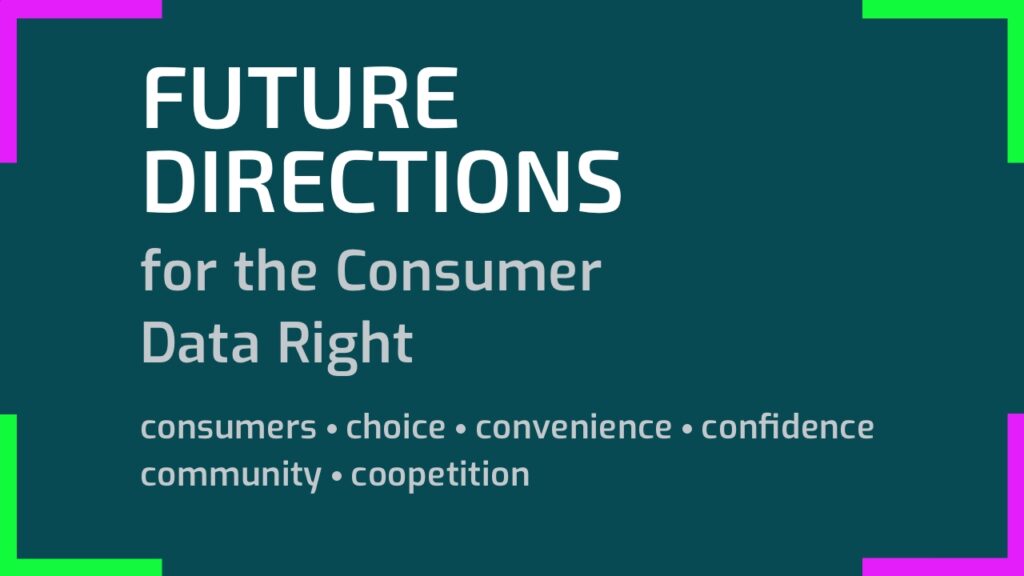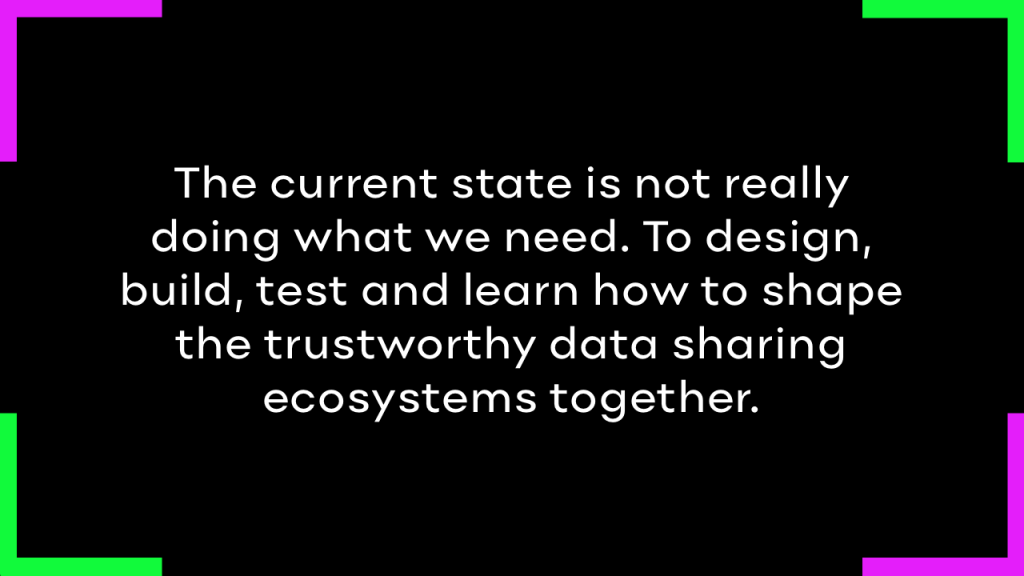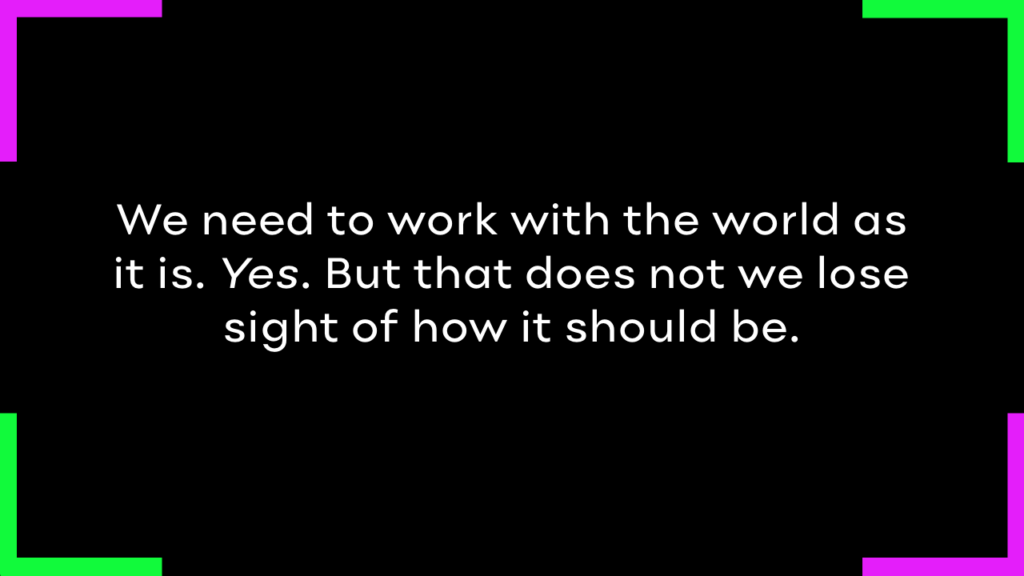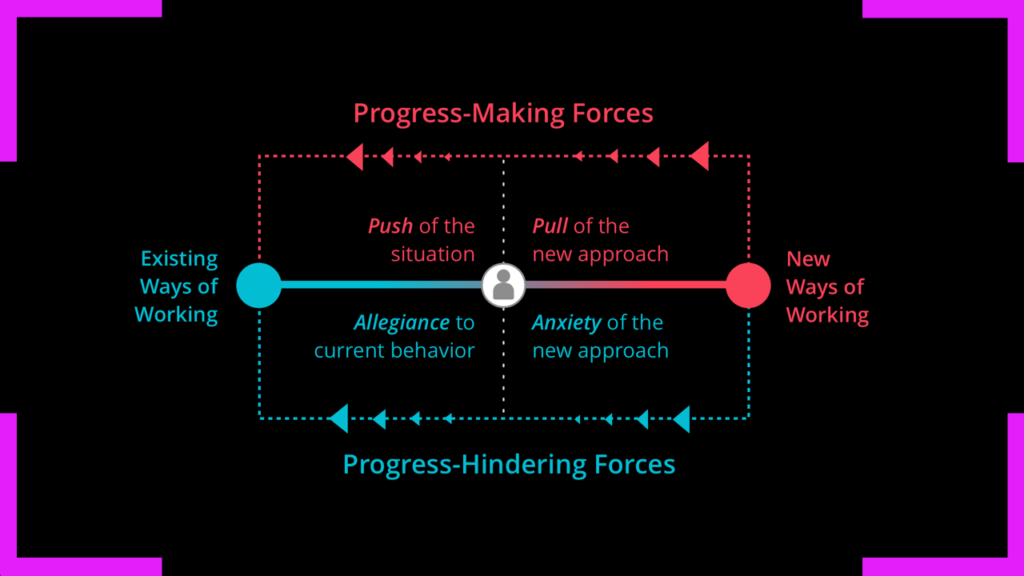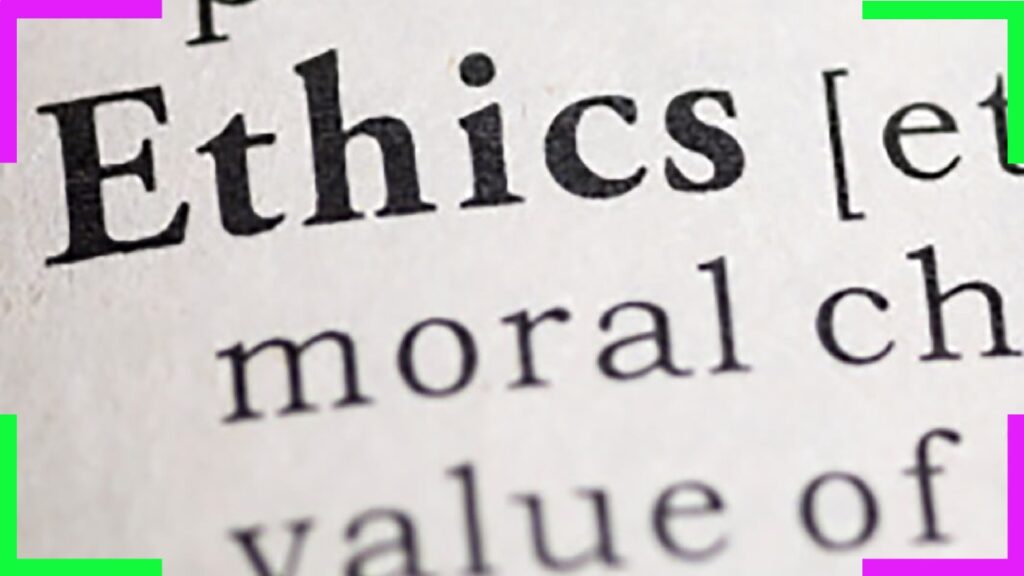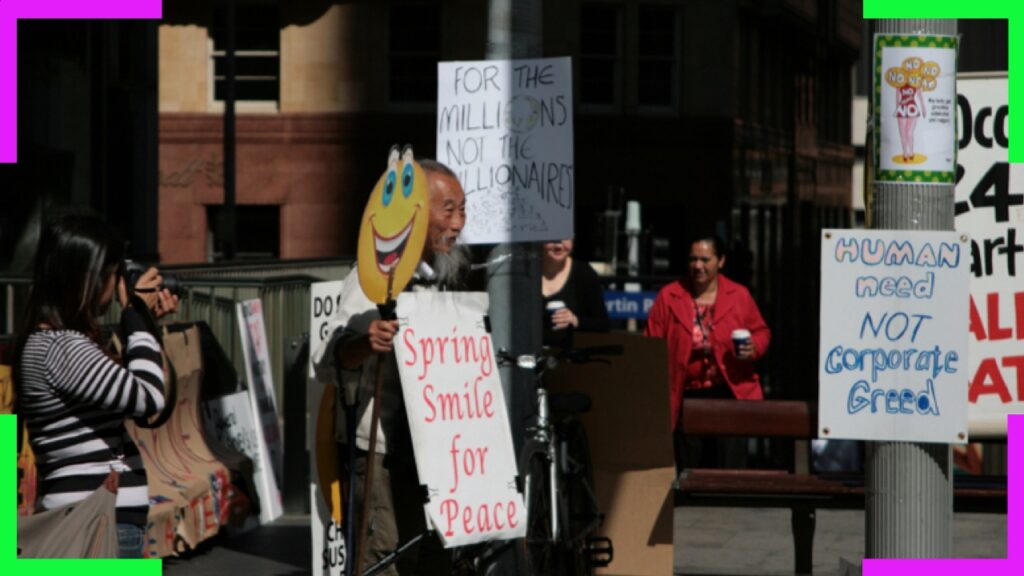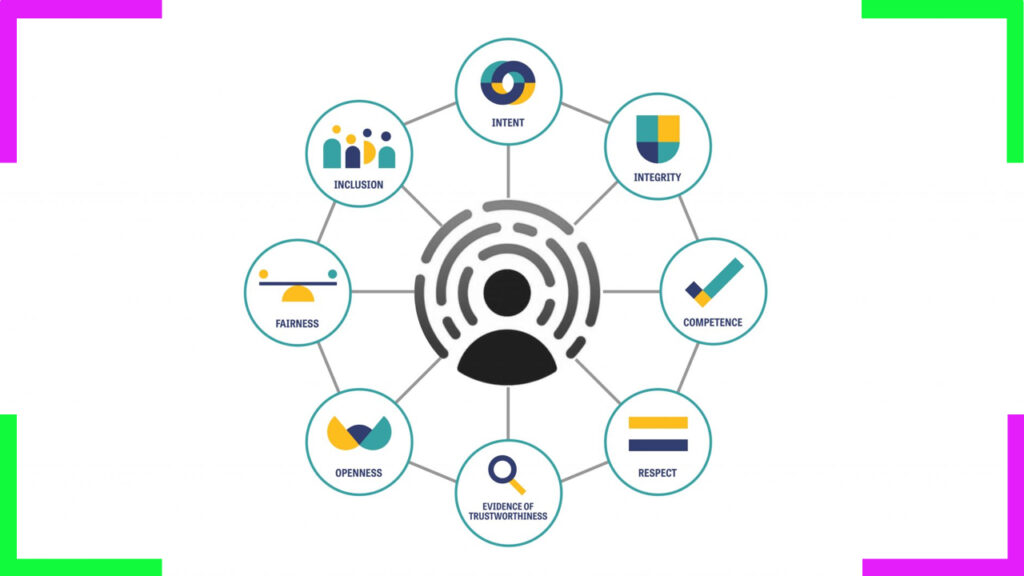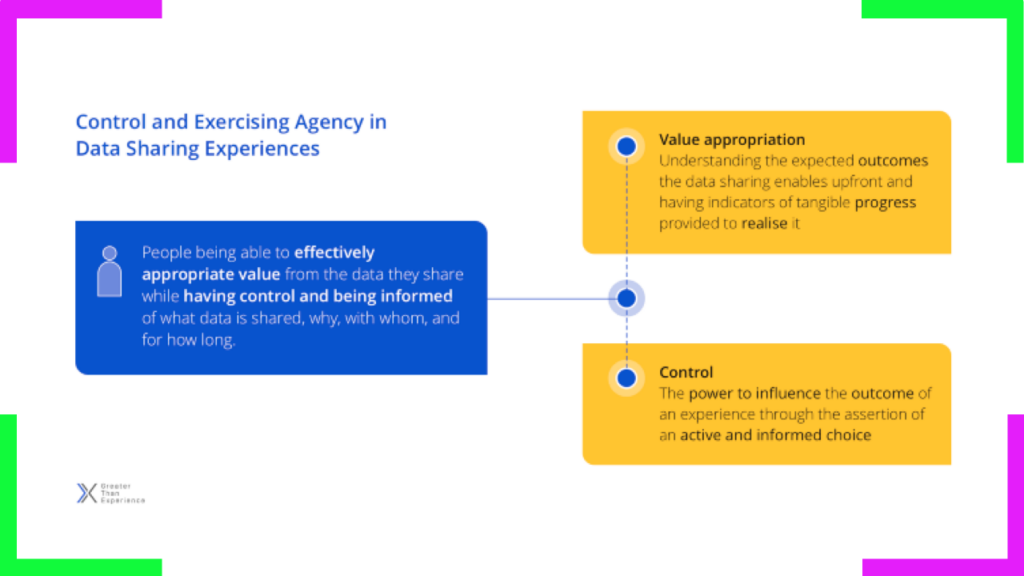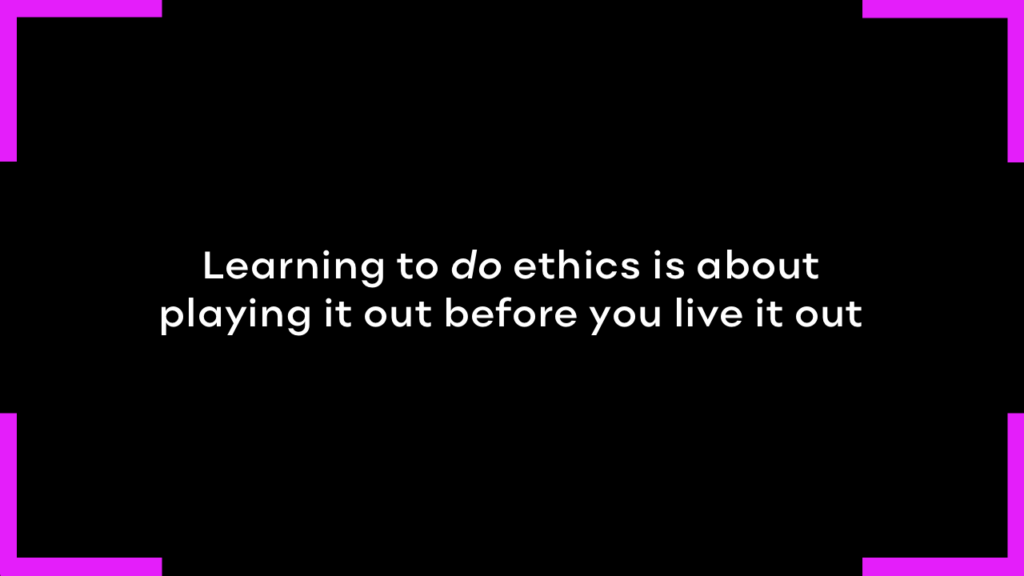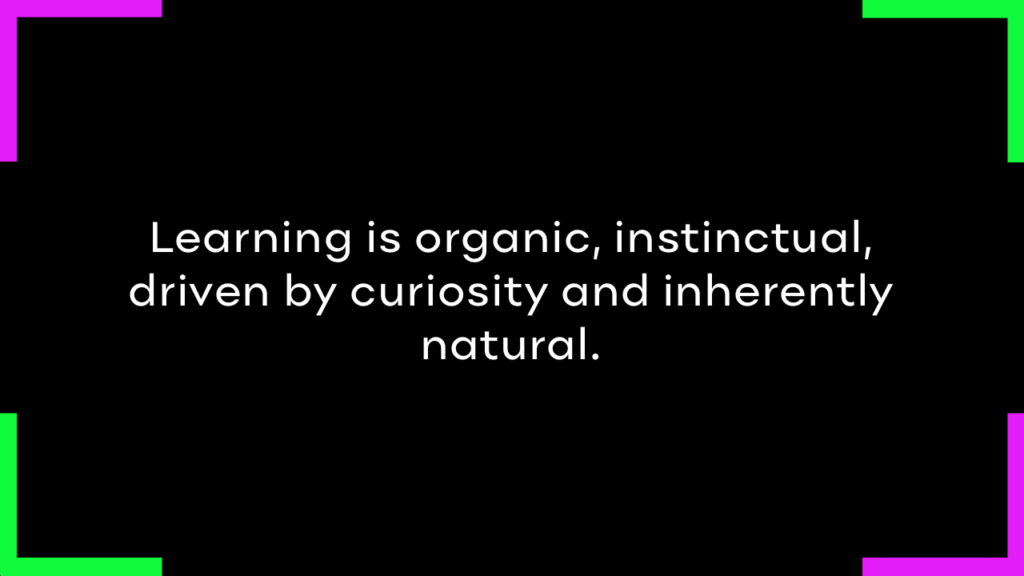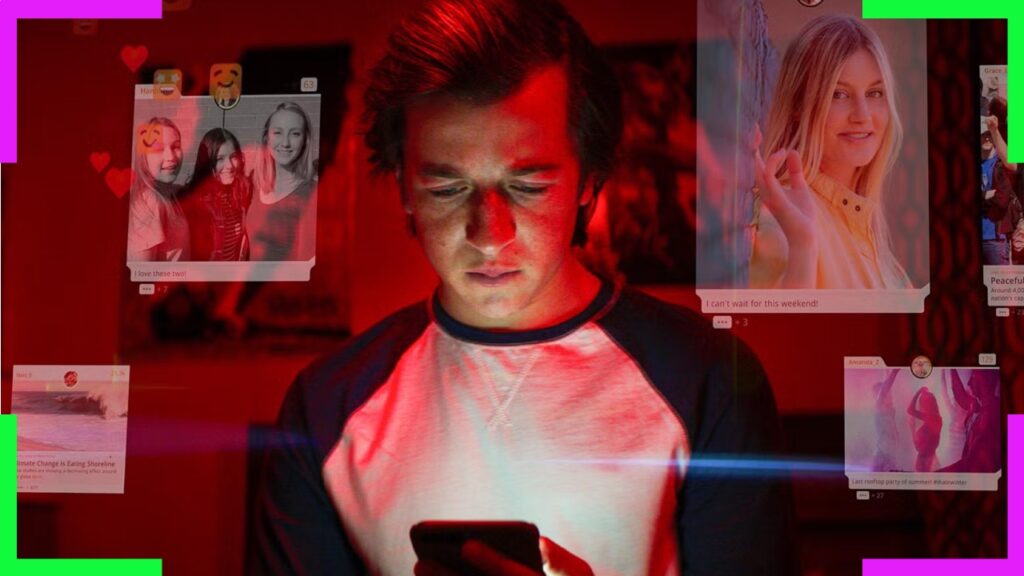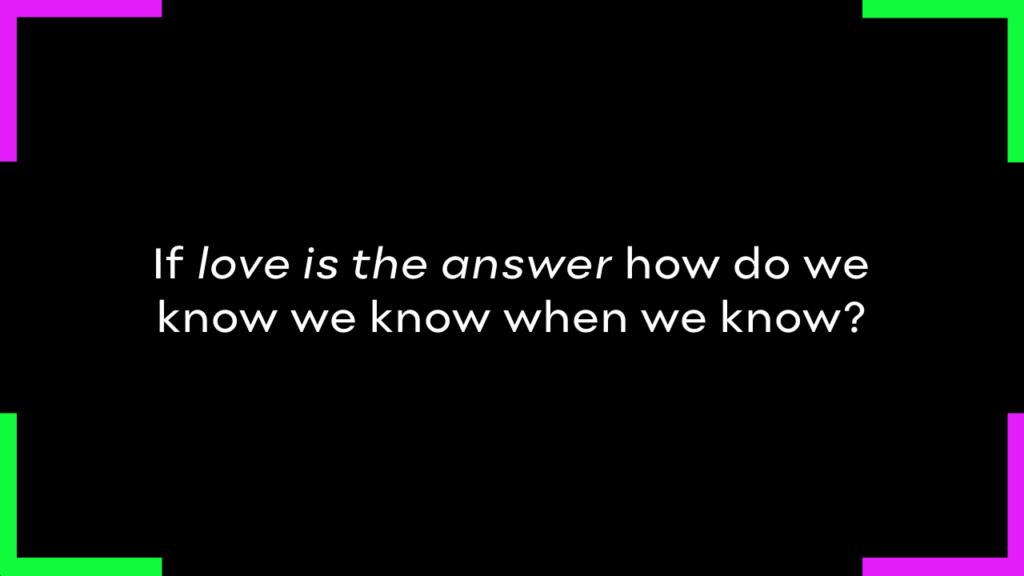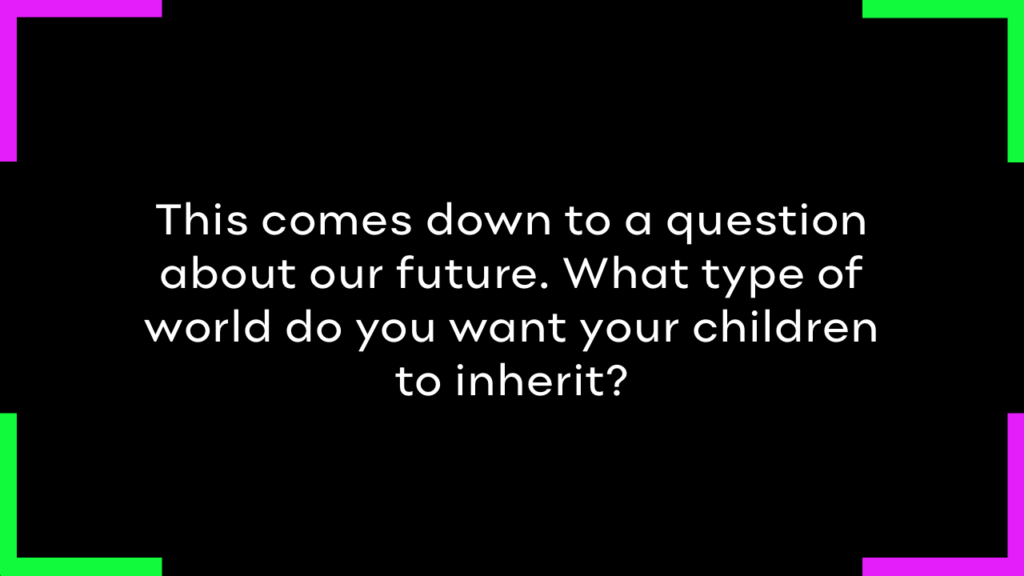In this juncture in the human story riddled with complexity and systemic challenges, traditional problem-solving methods are falling short. The intricately entangled issues we face require not just innovative solutions that come from a place of responsibility but a complete reevaluation of how we conceive, design, and implement changes.
This is where Moral Imagineering comes in.
Moral Imagineering is about understanding pluralistic moral values and principles about what we believe is good and right and what living the good life means to different people and communities. It’s about harnessing our imaginative capacity to creatively envision futures and narrative paths that can account for this pluralistic diversity. While also applying the skills of multi scalar design (human/humanity/planetary centred), engineering and socio-technical systems design to actually make it happen. It’s about patience, active hope and moral courage.
The goal, to support progressive synaptic remapping across society and increase the possibility space to make the most preferable futures probable.
Put simply, it’s about dreaming up better futures together and making them real.
(If you want a deeper dive into the origins of this term and why the approach it entails is crucial to the challenges we must embrace as a species, read this)
The Essence of Moral Imagineering
Moral Imagineering isn’t about the elite few dictating the path forward; it’s about democratising the process of shaping our future that aligns to life. This approach is inherently participatory and pluralistic, inviting voices from all parts of life to co-create a vision for tomorrow. In particular, it’s a way of creating technologies that honours the diversity of human experience, collective wisdom and all life forms on this planet.
Core Tenets of Moral Imagineering
Diverse Participation
Advocating for a future co-created by all. Traditional decision-making processes must be expanded to include those often marginalised, human and more than human. By cultivating care and inclusive conditions, we enable every personal to contribute towards shaping the future. This should include young children and acknowledge the needs of their great grandchildren.
Pluralism in Values
There’s no one-size-fits-all in ethics. We must engage with the complexity of different moral perspectives to inform technology design and policy-making. Embracing the diverse notions of a good life as a powerful force of creative tension rather than a source of division. This plurality weaves its way into what we collectively create.
Systemic Thinking
Acknowledging the interconnectedness of our individual, societal, and planetary well-being. Sensing the entangled forms and threads and employing systemic thinking in designing solutions. This means considering the far-reaching effects of our (inter)actions and aiming for regenerative outcomes in support of life.
Sociotechnical Systems Design
A deep recognition that technology is inseparable from its social context is core to Moral Imagineering. By integrating insights from social sciences, working across disciplines and meaningfully engaging with diverse stakeholders, we can design technologies that enhance social good and prevent unintended consequences.
Imagination
The power of collective imagination is central to Moral Imagineering. Beyond individual creativity, this is about harnessing shared visions to transcend current limitations and explore the potential of what could be. It’s an acknowledgement of the source power of all we can create that is both beneficent and malevolent.
Storytelling
Stories connect us, help us understand complex ideas, and inspire collective action. In Moral Imagineering, storytelling is a tool to unite diverse perspectives and forge a shared path forward. Using a variety of creative mediums like visual art, poetry, movies and music. Combining them in ways and contexts that connect us to a deeper source of power in ourselves and each other.
Making Preferable Futures Probable
This isn’t about idle dreaming. Moral Imagineering is values sensitive pragmatism in action. Embodying a commitment to turning socially preferable futures into tangible realities through strategic planning, policy advocacy, interdisciplinary collaboration, coordination and community mobilisation. Its about dreaming and doing.
A New Path
Moral Imagineering presents a path forward that elevates the myriad perspectives in crafting futures where humanity can thrive. But this vision can only be realised with contributions from all sectors of society, especially those on the fringes. It’s from these liminal spaces that truly responsible innovation and human understanding emerges.
The choices we make today shape the world of tomorrow. By embracing Moral Imagineering, we open ourselves to the vast possibilities of what we can achieve together. It’s time to move beyond the conventional. It’s time to be a tad radical. It’s time to think, relate, and act with a renewed sense of purpose and inclusivity. To dream up better futures together and make them real.
For some of you familiar with all these intersecting fields you’ll recognise that this is not entirely original. I do not claim ownership. Even the term Moral Imagineering, which is new as far as I have learned, is as much mine as it is yours. For all we create comes from life. And we are all life.
For a philosophical perspective when this comes to technology, read my post on the Tethix blog ‘For the love of wisdom: An overview of the philosophy that gives life to Tethix‘.
From a public policy perspective a submission I co-authored for the consultation on Australia’s National Science and Research Priorities sheds some light on that. ‘Rising to the biggest challenges of our time: Australia’s duty of care to collectively re-imagine and re-design our nation’.
But I am a creative weaver and integrator and will continue to refine Moral Imagineering in praxis and share my learnings in the open as they evolve.
I’d also love feedback from you too.
What are your thoughts on what I’ve outlined? How might we do this at smaller scales? What areas of your personal and professional life does this resonate with? How might you apply this in you work? In your organisation? What get’s in the way of doing so?
If you want to continue the conversation, you can connect with me on Linkedin or subscribe to my Substack if that’s your thang.

